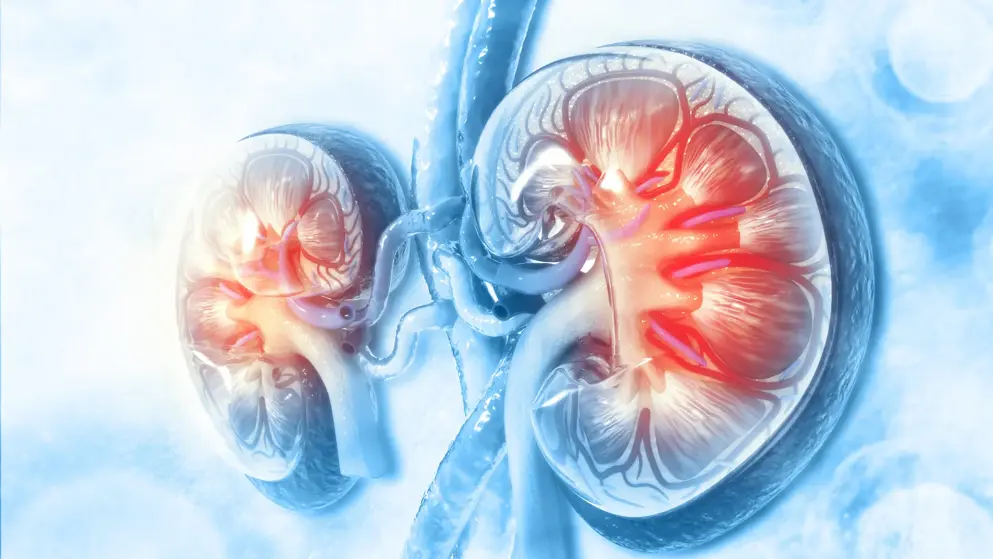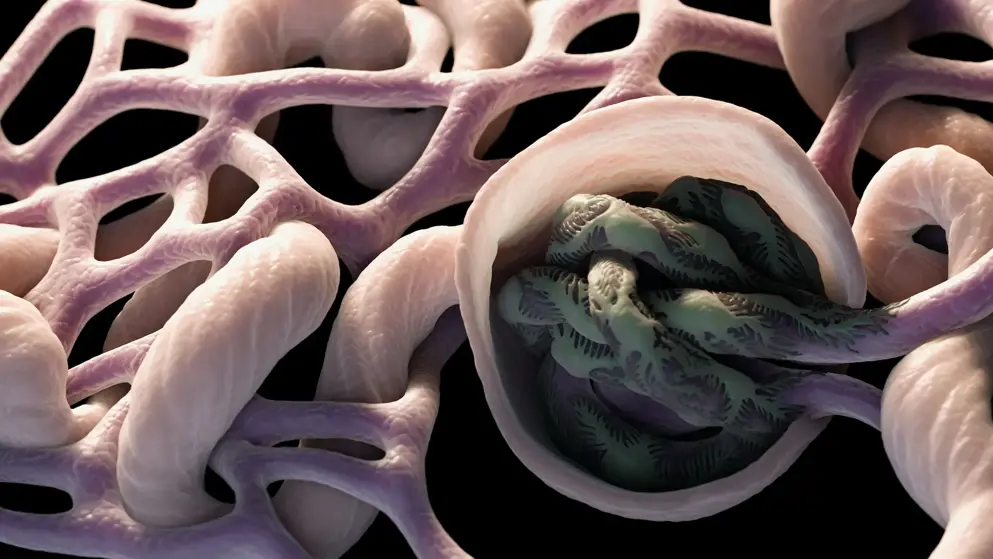MicroRNAs in Chronic Kidney Disease: Four Candidates for Clinical Application
MicroRNAs in Chronic Kidney Disease: Four Candidates for Clinical Application
There are still major challenges regarding the early diagnosis and treatment of chronic kidney disease (CKD), which is in part due to the fact that its pathophysiology is very complex and not clarified in detail. The diagnosis of CKD commonly is made after kidney damage has occurred. This highlights the need for better mechanistic insight into CKD as well as improved clinical tools for both diagnosis and treatment. In the last decade, many studies have focused on microRNAs (miRs) as novel diagnostic tools or clinical targets. MiRs are small non-coding RNA molecules that are involved in post-transcriptional gene regulation and many have been studied in CKD. A wide array of pre-clinical and clinical studies have highlighted the potential role for miRs in the pathogenesis of hypertensive nephropathy, diabetic nephropathy, glomerulonephritis, kidney tubulointerstitial fibrosis, and some of the associated cardiovascular complications. In this review, we will provide an overview of the miRs studied in CKD, especially highlighting miR-103a-3p, miR-192-5p, the miR-29 family and miR-21-5p as these have the greatest potential to result in novel therapeutic and diagnostic strategies.
Read abstract on library site Access full article
Featured Learning Zones
You may be interested in...
The 2023 update of the German Society of Neurology’s guideline on Parkinson’s disease (PD) provides detailed recommendations on the use of transcranial brain parenchyma sonography (TCS) for early and differential diagnosis. This update addresses previously unspecified diagnostic criteria and investigator qualifications, offering a robust framework based on a systematic literature review.




